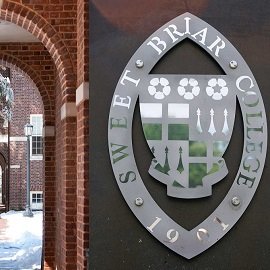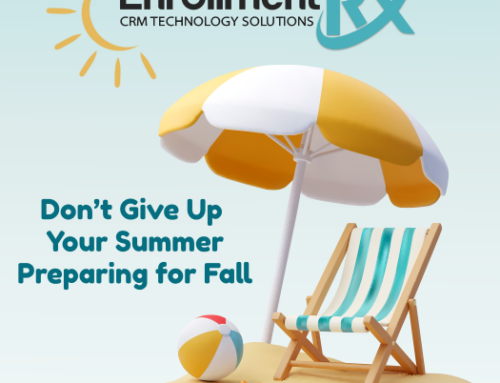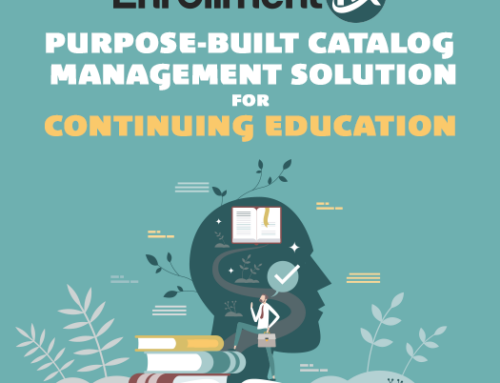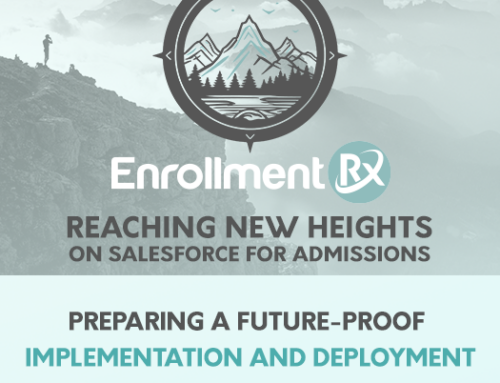Dorothy A. Brown, Vice Provost and Professor of Law at Emory University School of Law, shocked the academic world in March by predicting that within the next three years a top law school will close. And according to her interview with Business Insider, “Brown predicts that a law school in the top 50 or even top 20 of the US News & World report rankings may end up shutting down in the next three years because of declining enrollment.”
Although shocking, Brown’s prediction is just another reminder that enrollment challenges are occurring at institutions of all sizes, types and statures. We recently saw in the news that Sweet Briar College plans on closing its doors forever at the end of spring semester which caught many students, families, alumnae and even faculty by surprise. Many were stunned that a school with a $94 million dollar endowment, a reputation for excellence, and a storied past could become a casualty of compounding enrollment woes.
Inside Higher Ed took a deeper dive into the Sweet Briar closing and what could have been done differently to keep the doors open. Reporter Joshua Kim weighed in on what he would have wanted to know last summer about the state of affairs. Kim postulated on what cost savings Sweet Briar might have been achieved through technology:
Cost saving is very hard in higher ed technology. In fact, there is every chance that Sweet Briar was not investing enough in technology – as technology investments may have been the school’s best path to financial sustainability. The question that I would have asked Sweet Briar’s leadership team in August of 2014 is: can the college use technology to bring in significant revenues?
The first way that technology can improve the financial picture is through improved institutional productivity. Could Sweet Briar have admitted more students with its existing physical infrastructure? What exactly was the limitation on expanded enrollment?
All of this comes on the heels of Gartner’s identification of the “top 10 strategic technologies for the education industry in 2015.” According to Jan-Martin Lowendahl, Gartner vice president and distinguished analyst:
An increasing number of technical innovations and technology trends are emerging from within the industry, but most will emerge outside the industry, driven by major forces such as digital business and the consumerization and industrialization of IT. Education sector CIOs need to take a broad approach and consider technologies from outside the education community, as well as looking for lessons from their peers. Focus on those that are most appropriate to your institution’s strategy.
CRM comes in as third most important strategic technologies out of ten for the education industry in 2015. The Gartner report states:
Customer relationship management (CRM) is now a widely recognized tool for tracking and managing relationships with constituents, including prospective and current students, parents, alumni, corporations, benefactors and other friends of the institution. However, institutions are grappling with the difficulties of standardizing and integrating the institutional data to achieve success with these solutions, and to enable rapid and informed decision making on their campus.
The key take away from the headlines we are reading is for every higher education institution to take a close look at how they are managing relationships, from admissions, through student services, to alumni communities. It’s not just about technology; it’s about technology plus business processes, all in the name of long-term value. Every school must look at and evaluate how technology is supporting their long term enrollment/business goals and of course their overall mission.




